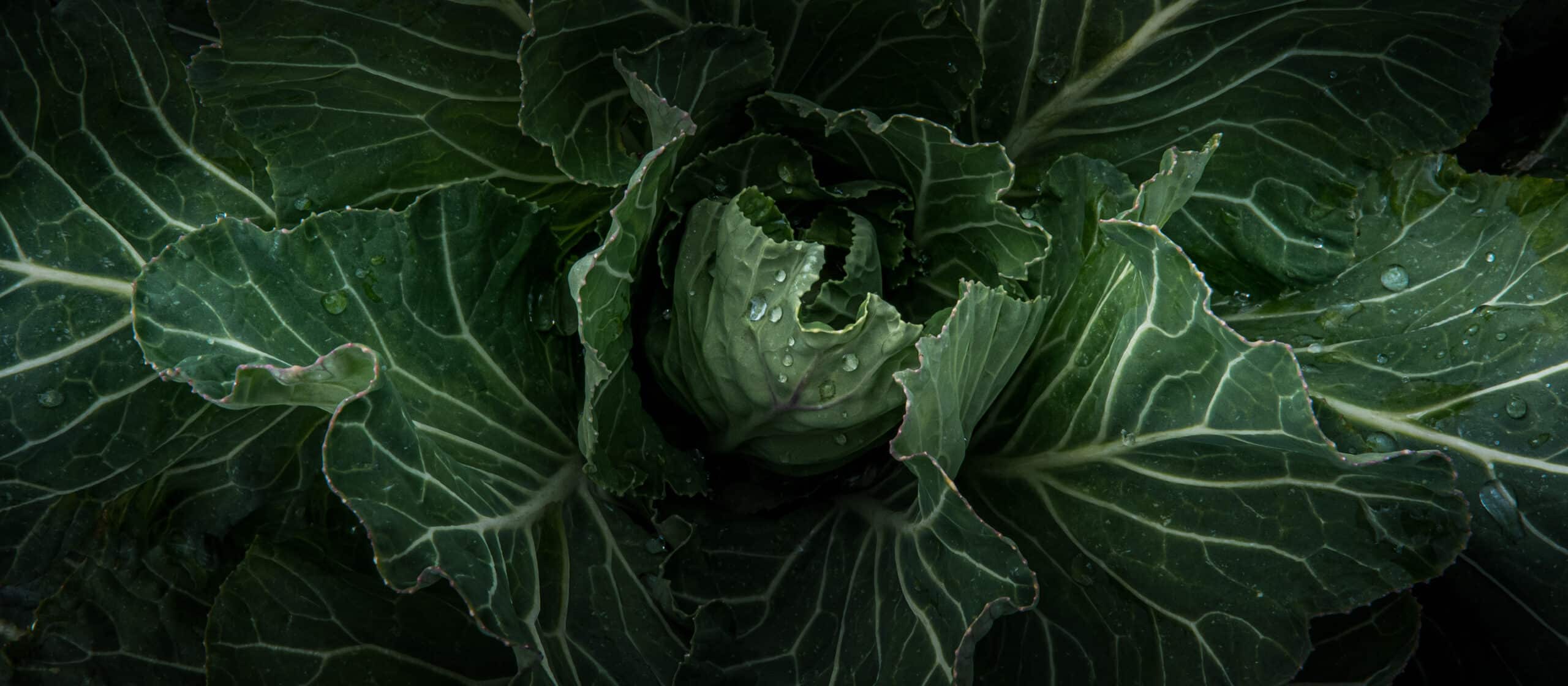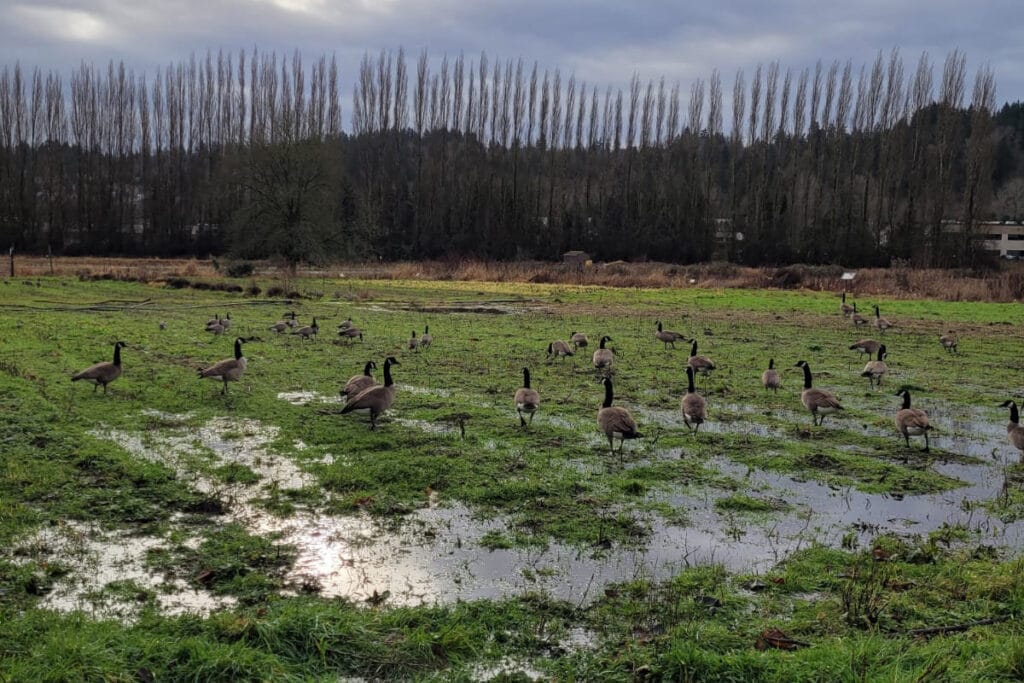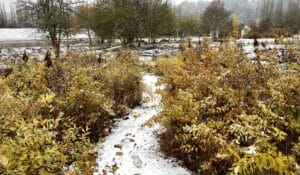
Extreme precipitation threatens food security and drives up local food costs
Extreme precipitation threatens food security and drives up local food costs
- posted on: July 1, 2022
- posted by: Rebecca Jordan
"*" indicates required fields


As farmers face surging fuel and input costs, unseasonal cold weather and precipitation in Washington State throws a wrench into already complicated food pricing.
“The pathways are up to our boot tops with standing water,” said Amy White of Bumblebee Farms. “Even cold-weather crops like spinach, arugula, radishes, peas, and kale are struggling because the soil is saturated with water.”
Over the past decade, small local farms have been adjusting to increasing heat by switching out tried-and-true seed varietals for more heat-hardy varieties. By contrast, spring of 2022 has been unusually cold and wet—Seattle is experiencing its coldest spring since 1955.
Many farms in the Greater Seattle area–Sammamish, Snohomish, and Snoqualmie valleys—have high water tables. Seasonal flooding comes with the territory–but not usually this late in the season, when drier, heat-loving crops like tomatoes and squash are supposed to be in the ground already. Food safety rules dictate that fields cannot be planted again until 60 days after a flooding event—meaning some varieties may not have any time to come to fruition.
Plus, when the soil is saturated, tilling can create compaction and disrupt soil ecosystems. For those on tiny margins, farmers are having to choose: Wait until the weather is more stable for heat-loving crops, or till anyway, which can create problems in the future.
“We use a no-till system so we are just waiting until the soil is workable with hand tools,” said Noa Kay, farmer at Songbird Haven Farms. “Still, we’re planting our cucumbers a month later than what’s typical.”
That uncertainty is partially responsible for rising costs of food—though not entirely. “We’re hearing consistent reports of everything from linen service to the price of olive oil increasing,” Farmstand Local Foods shared in a recent newsletter.
An American workforce already reeling from the pandemic is struggling to afford rising costs of food. On the flip side, farmers are barely breaking even. “We are now losing money on every box we send off the farm, so it’s time to raise our shipping prices, which will further limit our customer base,” Micha Ide wrote in a recent article for Eat Local First.
“The soil is still so wet that we can’t get spinach or carrots to germinate. We’ve done two failed plantings on each,” said White. “Arugula is a whole saga, with half our plantings failed.”
“That’s quite a bit of income and time lost,” she added. “It’s been discouraging, but we just have to keep replanting, otherwise when the weather does improve we won’t have anything.”
Increasing fuel costs and inputs like animal feed, fertilizer, and equipment are also putting a strain on farmers. “The heat dome the Pacific Northwest experienced last year damaged crops and reduced the availability of local grains, which raised our feed costs by 12.5%,” wrote Ide. “That was before the expected global shortage of wheat that is being predicted due to the war in Ukraine.”
As the summer plays out, we’re yet to see the true impacts to our food system that the extreme weather this year has caused. “With more precarious growing conditions we need a lot more resiliency and fairer resource allocation,” said Kay.
Ansley Roberts, Farm Manager at 21 Acres, said that local food producers are uniquely positioned to contribute to food access initiatives, trial climate-hardy seed varietals, and grow a wide variety of crops. While industrial farms are dependent on imports from abroad, small farms are able to nimbly source their needs locally. And farms on about five acres or less grow more food crops, account for a greater percentage of crop diversity, and produce less waste than large-scale industrial agriculture.
One thing is certain: small farms are still the best-positioned to address urgent food needs.
“What I saw during the pandemic was that smaller, more localized operations were the first to pivot and feed their community,” said Roberts. “It speaks to the importance of diversity in our food systems.”
About 21 Acres
21 Acres Center for Local Food & Sustainable Living is a nonprofit organization committed to educating about the value of agroecology, soil health, local food systems, and green energy as solutions to climate change. Our campus in Woodinville, Washington hosts a Certified Organic regenerative farm, a LEED Platinum certified building, a distribution center for local food, and a year-round retail Farm Market.










 back to blog overview
back to blog overview








